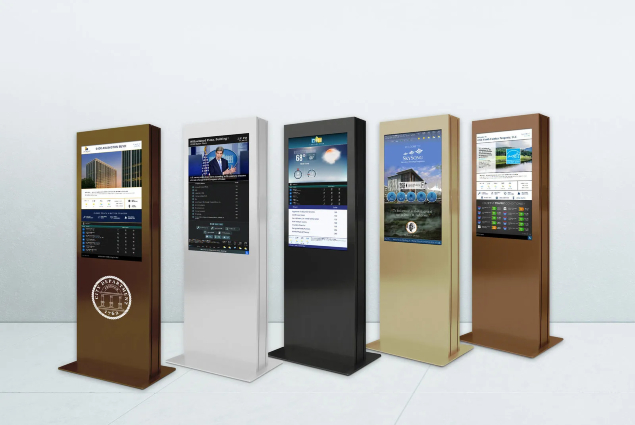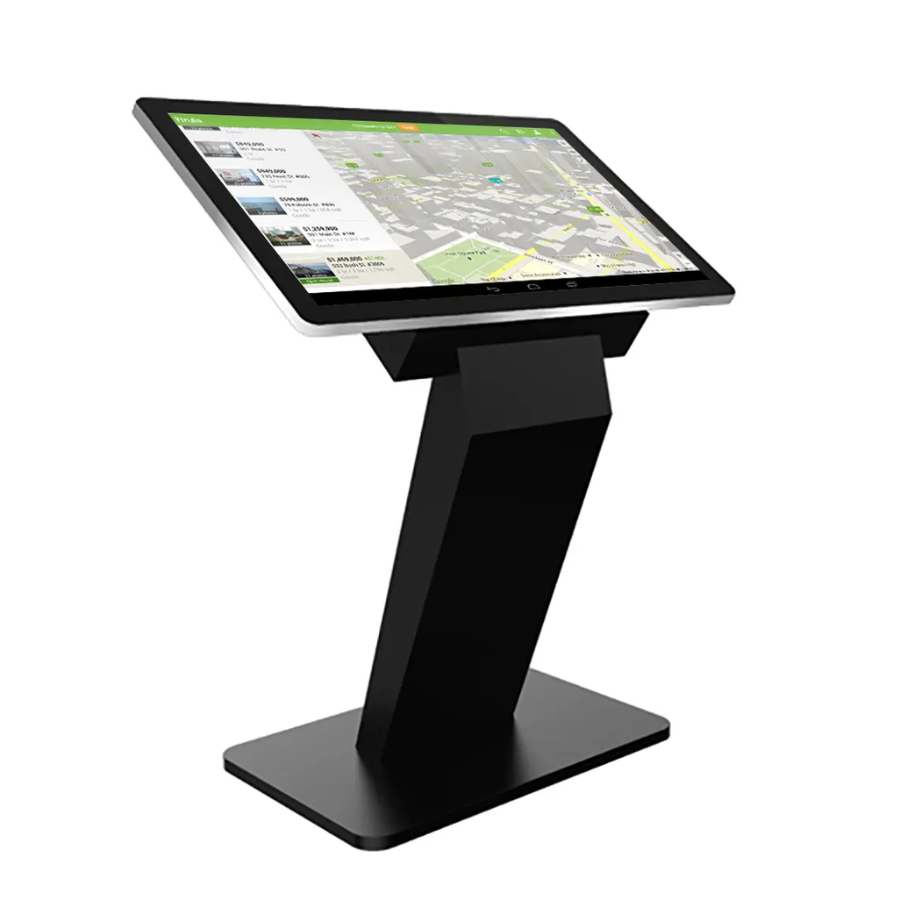Interactive kiosks are an essential component of the client experience as the banking industry evolves in the digital age. Giving customers a platform that is simple to use, efficient, and readily accessible can significantly raise their degree of satisfaction. The significance of user experience (UX) design for interactive kiosks is examined in this article along with the elements of effective UX design, the purpose of interactive content, accessibility, and effective real-world implementations.
Display & Stand Market is where you can get ideas to choose innovative solutions to improve the design of your business space and strategies to boost sales and visibility.
Importance of UX design in interactive kiosks
It is difficult to exaggerate the importance of UX design in interactive kiosks because it is essential to maximize user pleasure and facilitating flawless user interactions. A carefully planned user experience increases engagement, enhances usability, and ultimately pushes interactive kiosk solutions to success.
Enhancing customer satisfaction
UX design plays a crucial role in shaping the way customers interact with kiosks. A well-designed interface can make the transaction process smooth, efficient, and enjoyable, enhancing customer satisfaction. Conversely, a poorly designed interface can lead to frustration and may discourage customers from using the kiosks in the future.
Impact on brand perception
Furthermore, the UX design of a bank’s interactive kiosks also influences customers’ overall perception of the bank’s brand. An intuitive, user-friendly kiosk interface can contribute to a positive brand image and increase customer loyalty.

Key principles of UX design for interactive kiosks
The key principles of effective UX design for interactive kiosks revolve around simplicity and intuitiveness. By focusing on clear and concise navigation, minimizing cognitive load, and providing seamless interactions, designers can ensure a positive user experience that encourages engagement and achieves the intended goals of the kiosk.
Intuitive navigation
Intuitive navigation is fundamental to a good UX design. The interface should guide the user through the transaction process in a logical and intuitive way, minimizing the need for external assistance. This can be achieved by grouping related options, using clear and consistent icons, and ensuring that progress through the transaction process is visibly indicated.
Clear instructions
Clear and concise instructions are key to a seamless user experience. The kiosk should provide users with easy-to-understand instructions at each step of the transaction process. This can be done using a combination of simple language, symbols, and visual cues.
Visual hierarchy
Visual hierarchy refers to the arrangement of elements in a way that indicates their importance. For example, primary actions like “confirm transaction” should be more prominent than secondary actions like “cancel.” This can be achieved through the use of size, color, and placement, helping users navigate the interface more efficiently.
Incorporating accessibility features in kiosks
An inclusive kiosk design ensures that all customers, including those with disabilities, can use the kiosk with ease. Incorporating accessibility features in kiosks is a crucial step towards creating an inclusive and equitable environment for all users. By implementing features such as tactile buttons, voice commands, and visual aids, kiosks can provide equal access and enhance the user experience for individuals with disabilities.
Auditory assistance
For customers with visual impairments, auditory assistance can be provided, with the kiosk reading out options and instructions.
Height and reach considerations
Designing kiosks with adjustable heights or reachable interfaces can assist customers with mobility challenges or wheelchair users.
Simplified user interface
For users with cognitive disabilities, a simplified user interface can be provided, with fewer choices and simpler language.
Engaging customers with interactive content

Gamification, animations, and interactive content may all significantly improve the user experience by adding interest and enjoyment to the transaction process.
Here are ways to engage customers with kiosk content:
- With the use of interactive features like sliders to change the amount of a transaction or interactive maps to locate branches or ATMs nearby, consumers may actively interact with the interface.
- Animations can help the user navigate a transaction by highlighting key components or graphically showing how a transaction is progressing.
- The process of gamification entails adding aspects of games to the transaction process. This might include giving users incentives to use the kiosk, like loyalty points, to make it more enjoyable and motivating for them.
These tips can greatly enhance customer engagement rate with your interactive content, making it more memorable and smooth.
Case studies – success in user-centric design
Examine in-depth real-world instances that highlight how giving user wants and experiences top priority during design processes may have a profoundly positive impact. These case studies demonstrate the exceptional success that may result from adopting a user-centric strategy through their engaging storytelling and measurable consequences.
Capital One
Capital One has prioritized user-centric design in its interactive kiosks, with a focus on intuitive navigation and clear instructions. This has resulted in high customer satisfaction levels and increased kiosk usage.
TD Bank
TD Bank has implemented a range of accessibility features in its kiosks, including auditory assistance and adjustable heights. This inclusive approach has enabled a broader range of customers to use their services effectively.
Barclays Bank
Barclays Bank has innovatively used interactive content, animations, and gamification in its kiosk interfaces. For instance, they offer a simple financial planning game that educates customers about financial management while keeping them engaged during their transaction process. This has enhanced the customer experience, making it more engaging and educational.
Conclusion
The design of interactive kiosks plays a crucial role in shaping the customer experience in banking. By focusing on intuitive UX design principles, incorporating accessibility features, and using engaging interactive content, banks can create a positive and memorable experience for their customers.
Successful implementations by banks such as Capital One, TD Bank, and Barclays demonstrate the effectiveness of this approach. In the end, crafting user-centric experiences with interactive kiosks is not just about technology but about putting customers at the heart of the design process.
If you found this article helpful and want to find more information about where to buy them, make sure to check out this page – Interactive Kiosk Manufacturers Worldwide. There will be information about each manufacturer, its offer, and its advantages.

